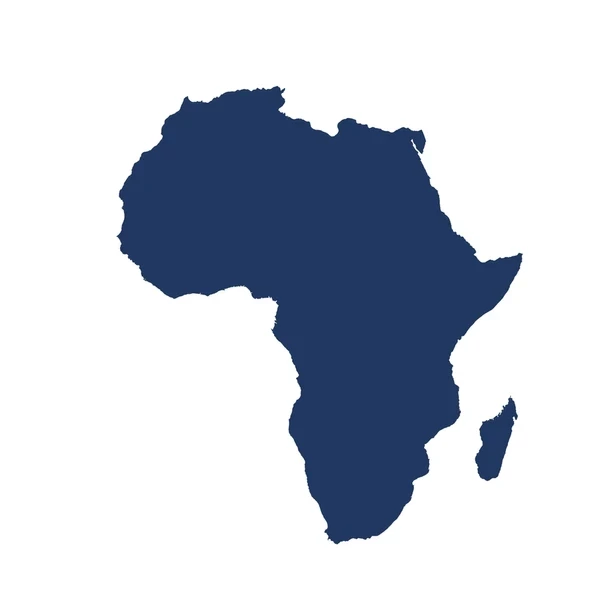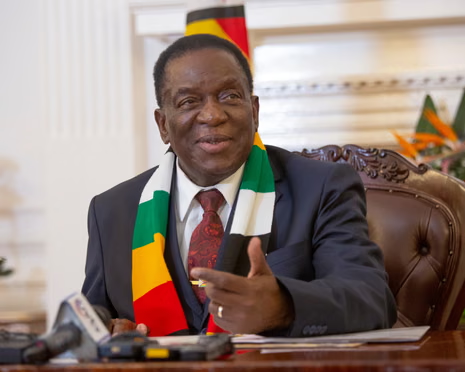
The International Criminal Tribunal for Rwanda’s historic judgment in the Akayesu judgment established that rape and other forms of sexual violence can be an actus reus of genocide as defined by the United Nations Convention on Genocide Article II.
The Akayesu judgment, therefore, provides a logical framework to analyse a hidden episode of extreme post-colonial state violence in the newly independent Zimbabwe, namely a state policy of mass atrocities in Matabeleland and parts of the Midlands, targeting the minority Ndebele ethnic group during Operation Gukurahundi.
The specific foci of this study are the patterns of mass rape and sexual violence in the military operation between 1983 and 1984 in Matabeleland.
Drawing on 36 in-depth interviews with survivors from throughout Matabeleland, this study provides a critical new lens on Operation Gukurahundi through its identification of uniform systematic patterns of rape and other forms of sexual violence across Matabeleland.
The article concludes that the patterns of rape and other forms of sexual violence identified in this study are indicative of a state policy of systematic genocidal rape between 1983 and 1984, deployed with the intent and effect to destroy, in part, a specific ethnic group, namely the minority Ndebele of Zimbabwe, thereby fulfilling every condition of the Genocide Convention principles of genocide.
The most efficient and grave way of inflicting injury and harm
Article II of the Convention on the Prevention and Punishment of the Crime of Genocide (United Nations 1948, UNGC) [hereafter Genocide Convention] defines genocide as meaning specific acts committed with intent to destroy, in whole or in part, a national, ethnical, racial or religious group and includes deliberately inflicting on the group conditions of life calculated to bring about its physical destruction in whole or in part; and imposing measures intended to prevent births within the group.
The Genocide Convention does not explicitly enumerate rape as one of the listed acts of genocide; however, the judgement of Prosecutor v. Jean-Paul Akayesu at the International Criminal Tribunal for Rwanda (ICTR), established in 1994 by the United Nations to prosecute those allegedly responsible for crimes of genocide and other gross violations of human rights in Rwanda, reached the unprecedented conclusion that rape can be an act of genocide (Akayesu 1998).
- Veteran football administrator Chishanga dies
- Feature: Zim-A country at yet another crossroads
- ‘Tourism on the rebound’
- Midlands registers spike in drug abuse
Keep Reading
The ICTR recognised how rape and sexual violence functioned to destroy the minority Tutsi group of Rwanda and noted the intersectionality of the crime of genocidal rape and how genocidal rape during the genocide of the Tutsi in Rwanda targeted certain women because of their ethnicity (ibid.). The Akayesu Judgment was pivotal in advancing the discourse around rape as an act of genocide (see, for example, Mackinnon 1994; Allen 1996; Sharlach 2000; Reid-Cunningham 2008; De Brouwer & Chu 2009; Bergoffen 2012; Smith 2013; Di Caro 2019).
The Akayesu Judgment also determined that although the act of genocidal rape by the Hutu genocidaires was to destroy a particular group, the outcome of the act was the infliction of serious injury and harm (Akayesu 1998: 731).
Furthermore, the ICTR acknowledged that, although “the group” is of principle concern to the crime of genocide, genocidal rape is one of the worst ways of inflicting harm and injury on an individual member of that group and that genocidal rape was conceivably the most efficient and grave way of inflicting injury and harm on individual Tutsi women, thereby advancing the destruction of the whole Tutsi group (Russell-Brown 2003: 352). The definition of rape and the findings of the Akayesu Judgment established that rape can be an actus reus of genocide, whereby rape was not perceived to be sexual in nature but rather as a weapon of state harm, a violent act perpetrated against a member of a group with the intent of destroying that group.
The ICTR Trial Chamber also affirmed in its substantive legal findings that rape might constitute genocide as deliberately inflicting on the group conditions of life calculated to bring about its physical destruction in whole or in part (ibid.: 505–506) and as imposing measures intended to prevent birth within the group (ibid.: 507).
The Rwandan genocide must also be understood as taking place within the context of a civil war, and to this end a rich body of literature exists that evidences
the prevalence of sexual violence in war (Siefert 1994; Jamieson 1999) and other conflict zones (Heineman 2011). But genocide can also be a “peace-time crime” (Basaglia 1987; ScheperHughes 2002). Indeed, there is a growing body of literature and documentary film, which characterises as genocide, mass atrocities perpetrated during a peace-time joint state military and intelligence campaign known as Operation Gukurahundi in the newly independent Zimbabwe between 1983 and 1987 (see, for example, Vambe 2012; Coltart 2016; Centre for Innovation and Technology (CITE) 2019; Mpofu 2019; Genocide Watch 2021; Dube 2021; Ncube 2021; Mpofu 2021; Sibanda 2021; Tshuma & Ndlovu 2022; Khumalo 2019).
To date there has been no rigorous criminological study of the mass atrocities of Operation Gukurahundi, during which rape and sexual violence were rampant.
The legal findings of the ICTR, however, namely that rape can be an actus reus of genocide, provides a logical framework within which to explore whether the perpetration of rape and other forms of state violence during the operation were official state policy, intended to destroy in part the Ndebele group, by “deliberately inflicting on the group conditions of life calculated to bring about its physical destruction in whole or in part, and imposing measures intended to prevent births within the group” (United Nations 1948).
Developing what can be usefully described as a “rape as an act of genocide framework” is of significant epistemological advantage to this study, as it facilitates conclusions to be drawn on whether the sexual crimes of Operation Gukurahundi constitute genocide in accord with the definition of the Genocide Convention, as clarified in the Akayesu Judgment of 1998; namely that rape is defined as a physical invasion of a sexual nature, committed on a person under circumstances which are coercive.
Sexual violence, which includes rape, is considered to be any act of a sexual nature which is committed on a person under circumstances which are coercive. (Akayesu 1998: 598).
The sexual crimes of Operation Gukurahundi which are explored in this article are: public spectacles of multiple perpetrator rape targeting children and adults; forced witnessing of the rape of female and male family members; rape and sexual violence followed by mass killing; forced intrafamilial rape; forced bestiality; forced nudity; targeting the womb of pregnant women; internment in concentration camps for purposes of sexual servitude; forced pregnancy; and genital mutilation.
Sexual violence is not a phenomenon exclusively directed at women in genocide.
Evidence has established that men are also at risk of sexual violence during a genocide (Kaitesi 2013).
The agreed definition of rape in the Akayesu Judgment is gender neutral and will be interprevictims, although males as victims of rape and other forms of sexual violence were not explicitly considered by the ICTR prosecution (Di Caro 2019).ted herein to be applicable to both male and female
It was clear that four decades after the peak period of Gukurahundi violence, one’s ability to gather original comprehensive data on the state crimes under examination would be a challenge.
The atrocity continues to be unacknowledged by the government of Zimbabwe, and many survivors continue to live in fear of state reprisals should they speak about their Gukurahundi experiences.
*This is an extract from a recently published paper in the Pluto Journal by Hazel Cameron titled: Operation Gukurahundi: A policy of genocidal rape and sexual violence in Zimbabwe 1983 – 1984.










